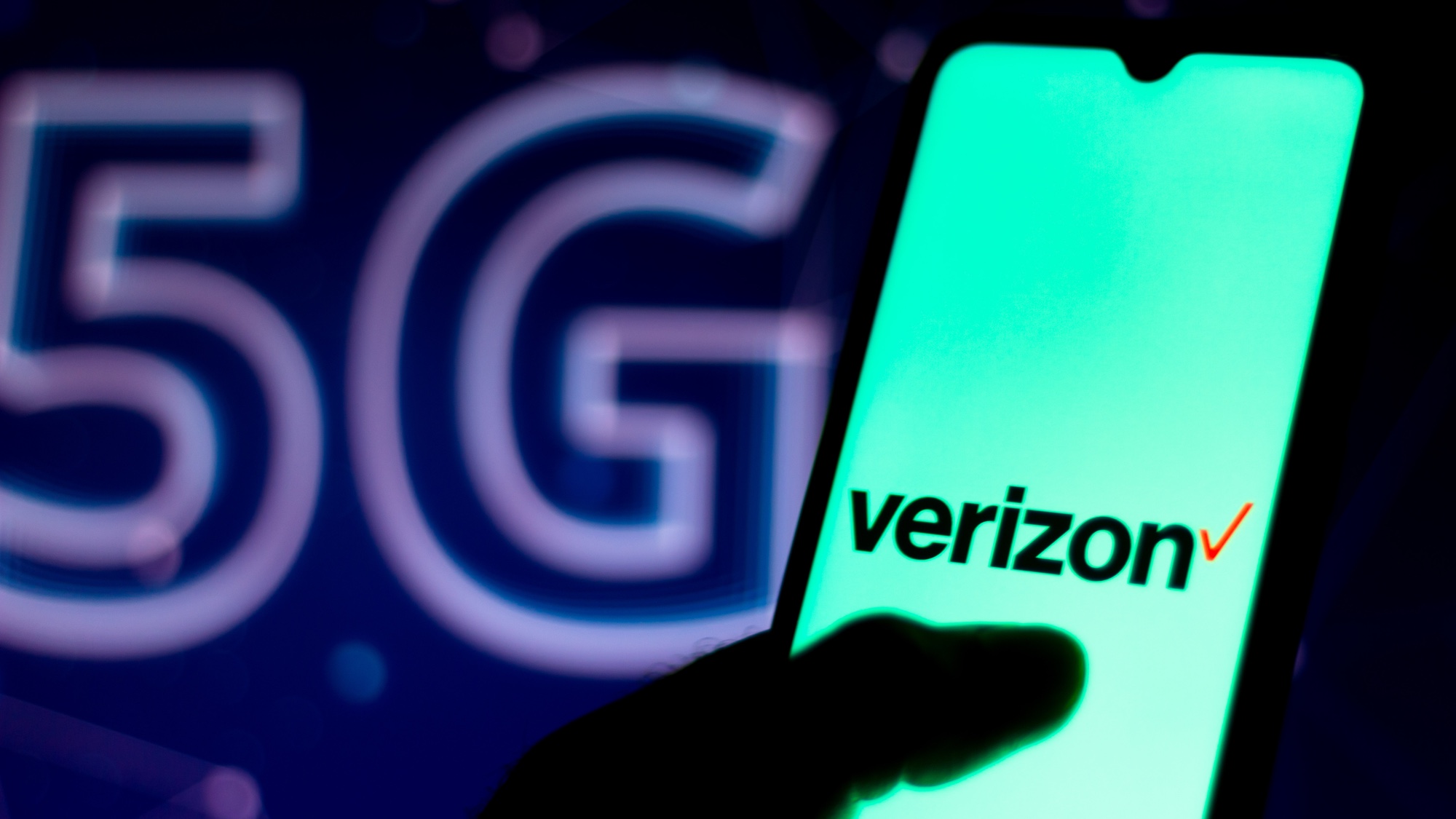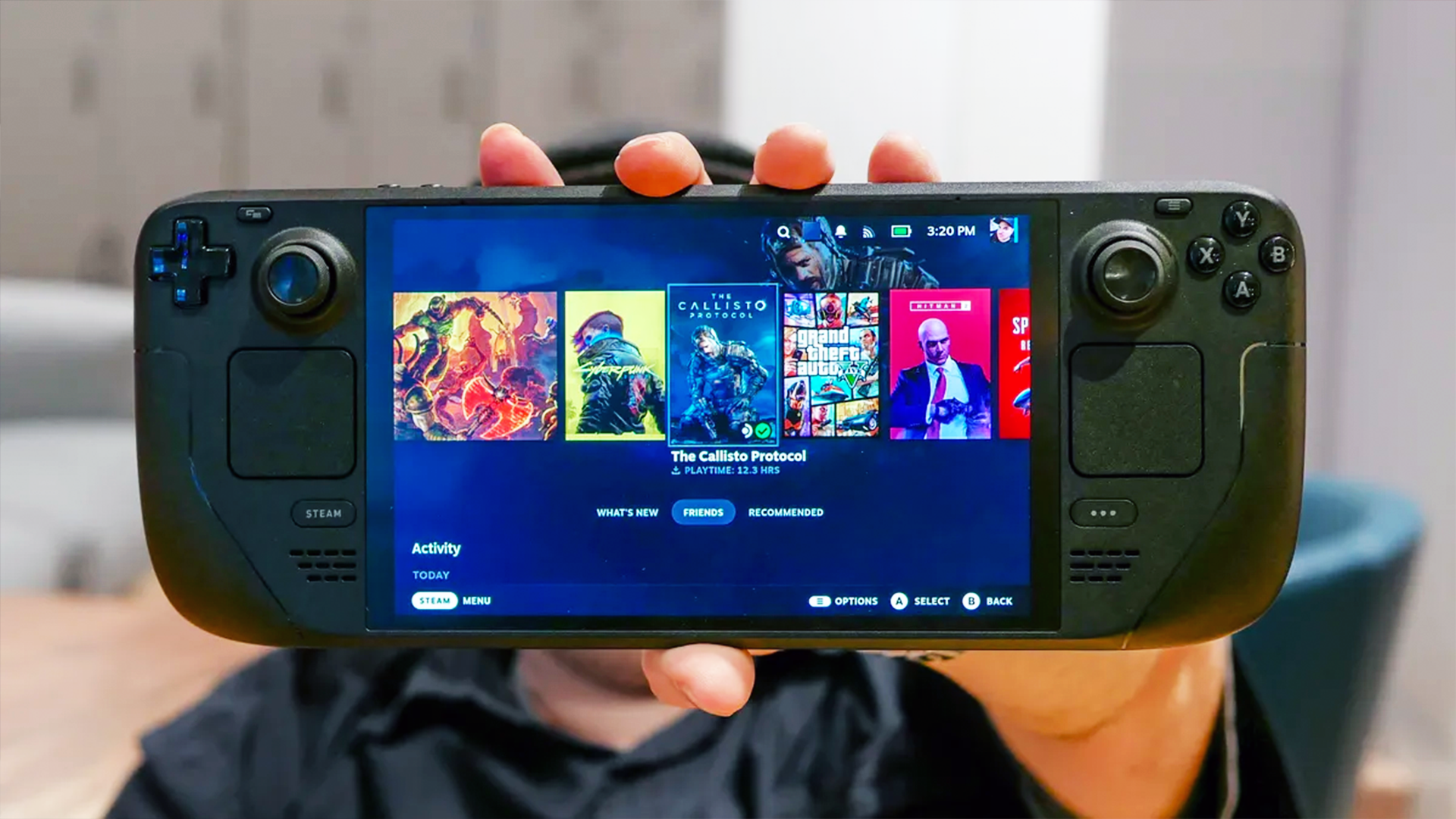What is C-Band 5G — and why is it better?
An FCC win gives Verizon better, faster 5G, but it won't be for everyone

Verizon has come out the victor in a recent FCC spectrum auction, plunking down a cool $52.9 billion to secure new wireless spectrum that will boost Verizon 5G nationwide – provided customers pay more.
According to a recent announcement from Verizon, the company gained new spectrum holdings in a recent FCC auction, and has big plans for improving its 5G network. In a related live stream presentation to investors, the company also revealed plans to use the new capabilities to offer more premium plans to customers in the United States.
- When is 5G coming to your area: Our ultimate guide
- Who is the best phone carrier overall?
- Plus: iPhone 13 leak just revealed the upgrade we've been waiting for
Once reserved for the big satellite TV networks that preceded today's Ku band dishes from Dish and DirectTV, the new C-band spectrum is an uncrowded swath of highway for potential traffic, and is in use for 5G coverage in many global markets across Europe and Asia.
With Verizon's nationwide 5G network sharing the same low-band spectrum as 4G, current 5G performance isn't up to the promised performance levels in much of the United States . (See our recent story: Verizon’s new 4G network is so fast it puts most 5G to shame — here’s how)
Faster performance is offered through Verizon's millimeter wave (or mmWave) spectrum — which Verizon markets as Ultra Wideband – but that high-speed performance is limited to parts of 60-plus cities around the U.S. The result is that current 5G performance often falls behind 4G in much of the country.
What is C-Band 5G?
Verizon hopes to change this in the coming year with the addition of the C-band spectrum it just bought. Carriers rely on these wireless spectrum holdings to provide the network performance and coverage that customers pay for, making these sorts of auction opportunities a major opportunity to build out new network coverage and capabilities.
C-band spectrum typically falls between 4 GHz and 8 GHz, but with satellite providers primarily using the upper end of the spectrum for their services, that's left the lower end open for wireless providers. The C-band spectrum Verizon's snapping up is around the 3.7 GHz range.
Get instant access to breaking news, the hottest reviews, great deals and helpful tips.
Using C-band spectrum for 5G will allow Verizon to bolster the range of its higher-speed network. Millimeter wave may be fast, but it doesn't travel very far, and you usually need to be in sight of a tower to enjoy its speeds. C-band will extend that coverage to a wider array, increasing Verizon's Ultra Wideband footprint.
What you'll pay for C-Band on Verizon
But Verizon is also planning to use it as a chance to solidify a tiered 5G experience, reserving C-band access to premium plans instead of rolling it out to all Verizon customers. Currently, Verizon includes 5G coverage in its most expensive monthly data plans, which range in cost from $80 to $90 per month for a single line. The carrier's entry-level data plan requires customers to pay an extra $10 a month for Ultra Wideband access.
Verizon's prepaid plans all have access to the slower 5G coverage currently. Only the most expensive unlimited prepaid plan can access Ultra Wideband.
C-Band phones
It sounds like that policy is continuing as Verizon integrates C-band capacity to bolster its Ultra Wideband network, which also requires specific phones that can work with the added spectrum. Currently that includes devices like the iPhone 12, Samsung Galaxy S21, Google Pixel 5, and the LG Wing phones.
Going forward, Verizon will be pushing to include C-band capability in mid-range and budget phones, with more than 20 C-band compatible devices offered by the end of the year, so that all Verizon phones will work with the new Ultra Wideband 5G network.
C-Band rollout and timeframe
The improved coverage will start rolling out across North America over the next three years, with plans to reach the first 100 million customers by the end of 2021. The additional C-Band spectrum may not benefit the standard unlimited plan user, but Play More, Do More, and Get More Unlimited subscribers will get the improved speeds and coverage, and metered plans will be able to upgrade to the faster 5G offerings for an additional fee.
Brian Westover is currently Lead Analyst, PCs and Hardware at PCMag. Until recently, however, he was Senior Editor at Tom's Guide, where he led the site's TV coverage for several years, reviewing scores of sets and writing about everything from 8K to HDR to HDMI 2.1. He also put his computing knowledge to good use by reviewing many PCs and Mac devices, and also led our router and home networking coverage. Prior to joining Tom's Guide, he wrote for TopTenReviews and PCMag.

